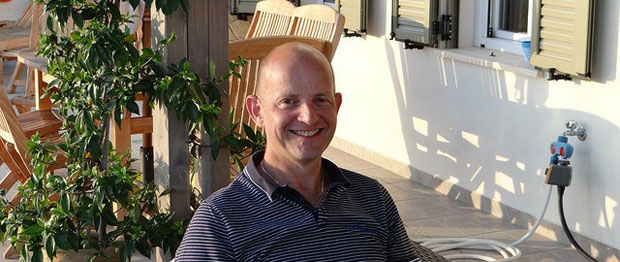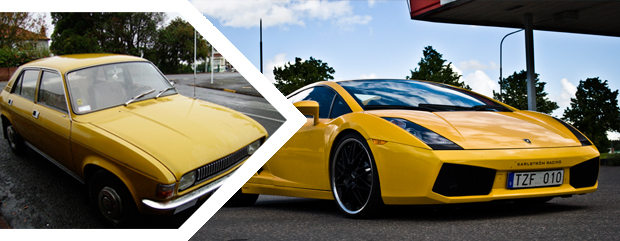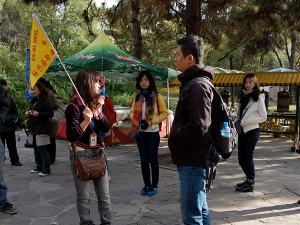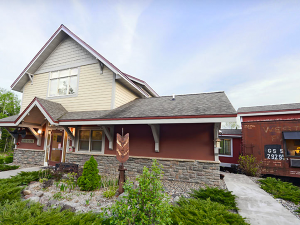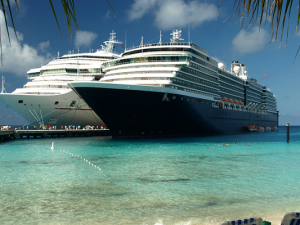
Gary Bembridge on Google +
Trying to discover great travel content is like trying to find the “best” tree in a dense forest. You know it is there but unless it is pointed out and flagged, the chances of you finding it is quite small. Search engines are the tool that most people use to find the right and best content for them in a very dense forest of travel content.
Search engines are the main source of visits to a travel blog, but to maximise and grow those referrals takes work and focus.
The process of improving the visibility and ranking of content in search engine results is called SEO (search engine optimisation). While you can pay to have your content to show up in the results, this is a cost that you do not need to consider. Your should work on improving the visibility and ranking of your content in “unpaid” search – which is called “organic” search.
This is how you can improve how your content performs in search engines like Google and Bing:
Have good content before you SEO optimise!
Before you worry about optimising for search engines, focus on great travel writing. You need to make sure that all of your blog content is focused on a clear niche, is unique, well written and bringing something new to the destinations of places you are writing about. Before you SEO optimise, make sure you are following the advice in previous articles like “Common travel blogging habits and practices: which to avoid and which to do” and “Standing out in the crowded travel blogging space”
Have content that answers the questions that people will be searching for in your niche.
People use search engines to find answers to questions, solve a problem or get information. Although your blog should not consist only of posts that are targeting information hungry search engine readers, to do well in search engines you need some of the following among your posts:
Information Rich Articles
A range of articles that are information rich about your niche. You should have some core information posts such as “How To”, “FAQs” (frequently asked questions), “Top 10s”, “Most Recommended”, Top Tips”, and Summary posts of related articles around a topic. Try and make these “evergreen” and not time specific and check and update them so they do not go out of date. Consider having these as Pages and not time dated blog posts.
One aspect of a destination
Write shorter and specific articles which focus on one aspect of a destination, instead of a long post with a multitude of topics. For example, “Shopping on Oxford Street London” versus a general article about all the main shopping areas in London in one post.
Use keywords in your heading, sub-headings and article.
The easiest way to think of keywords is consider what you expect people will be typing into a search engine when they are looking for information about a topic you are writing about. It may be one word or a series of words.
You can check your theory by using a tool like Google Keyword Tool (http://adwords.google.com/keywordtool ). This tool will tell you many people are searching that term each month, and suggest related keywords. For example, it may show that there are a significant number of related searches to the term “shopping in Oxford Street London” that include “perfume shops in Oxford Street” and “sports shops in Oxford Street” which you should include into your article. You need to use keywords in your heading, as sub-headers and in the article. But not at the expense of good writing and flow.
Use URLs that are self explanatory and describes the content of the article.
The URL for the page should be unique to each article and summarise the article as best you can, so for example http://www.mytravelsite.com/shopping-in-Oxford-street-London as it clearly says what the article is about, and will perform better in search engines.
Make sure all your images are also tagged and named.
Search engines like images, as do people using search engines. A lot of traffic on travel blogs can come from image searches, and so make sure your images have file names that describe what they are. In the most popular blogging software, including WordPress and Blogger, they give you the ability to give your images names and attributes. Use them. So instead of calling an image something like http://www.mytravelsite.com/shop-picture.jpg call it something more like http://www.mytravelsite.com/selfridges-department-store-oxford-street-london.jpg
Build links to your content from other sites.
In addition to search engines using the above, they all also look at how much your content is linked to by other sites. They consider links the best way of assessing how good other people consider your content quality to be, as search engines cannot (yet) evaluate content quality.
You should actively try and build links to your content by making them easy for readers to share on social media, by commenting with links on other blogs writing about your area, writing guest posts for other blogs in your niche or by creating content like Info-graphics that other blogs in your niche want to post on their sites too.
Ensure your site is efficient and works well.
Ensure that your site is efficient and has as fast a download time as possible. Increasingly search engines are rewarding sites that load fast and are reliable and available. Search engines measure their speed in delivering results in parts of a second, and want the sites they show as high on the results to be fast for their users to access and see when they click through to them. You can improve site download speed by using as few plug-ins as possible and using images that have been reduced in size using free online optimisation tools like http://tools.dynamicdrive.com/imageoptimizer/index.php
Use meta descriptions.
Although sites like Google do not use the meta-descriptions to drive search engine results, it is worth investing time to write really good summaries of your article in the meta descriptions. These are short, about 150 character, descriptions of your article that show up in search results below your heading and URL.
They do have an impact on which links people click through to visit. Make them logical and clear to read, and although use keywords do not just list a string of keywords. See this as the “advert” for your post – it is what should be getting making the sell to get people to click through to your site.
If you use WordPress for your blog, use a plug-in like “SEO by Yoast” to help you optimise.
This free plug-in will help you complete all of the requirements like checking use of keywords, putting a meta-description in your post and also them give you an analysis of how good your optimisation is. If you use Blogger this is not as easy, but there is sections on the template to fill in content like meta-descriptions.
Use Google Analytics and Webmaster Tools to monitor and check your search traffic.
You should register your site with Google Analytics and Google Webmaster Tools and install the tracking codes. These tools not only give you statistics about visitors, but also show give you diagnostic information including how much traffic comes from search, what keywords are working for you and site download speed. These all help you to understand what is working for you. Use these to help plan and optimise future articles.
Go back to Travel Blogger University
